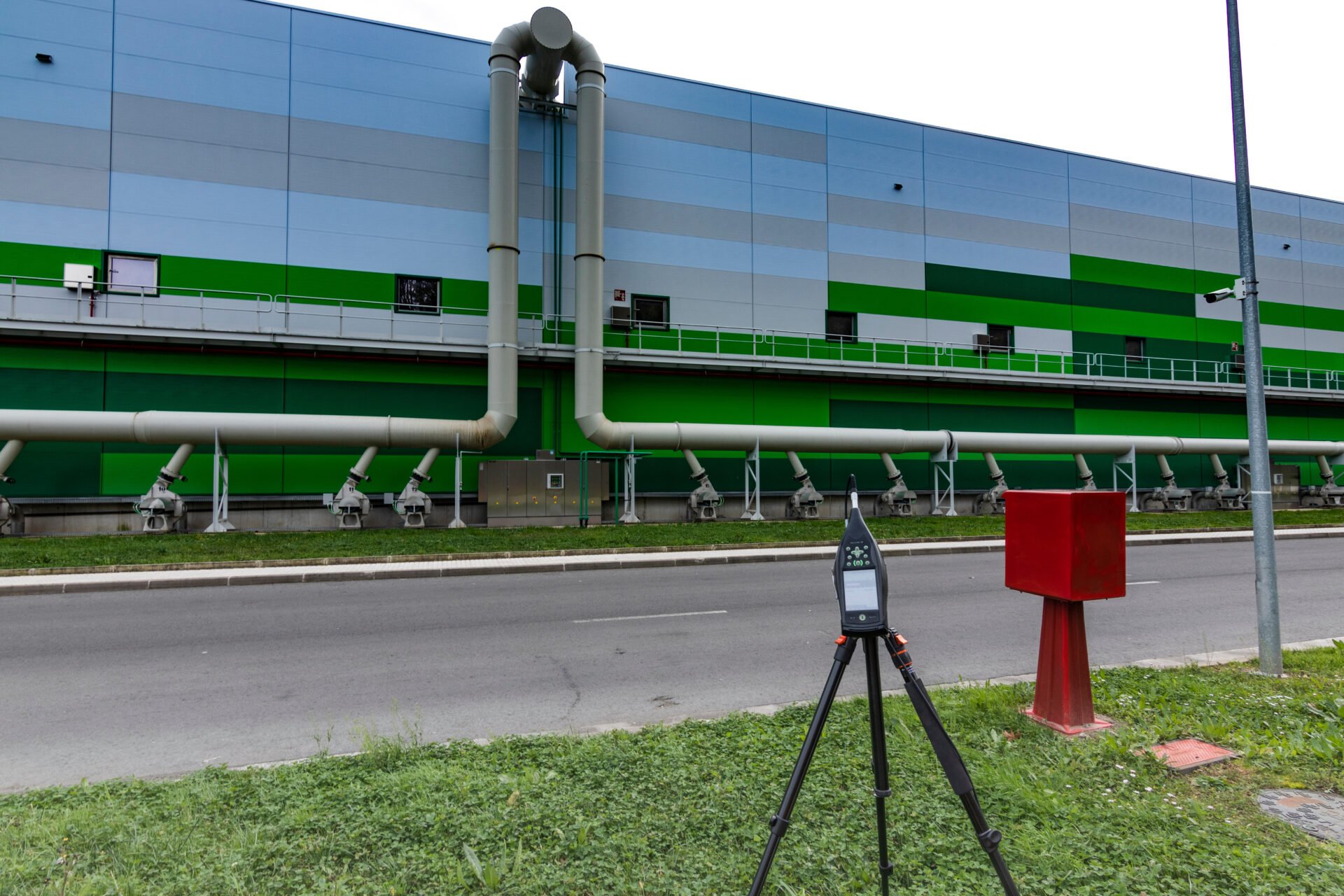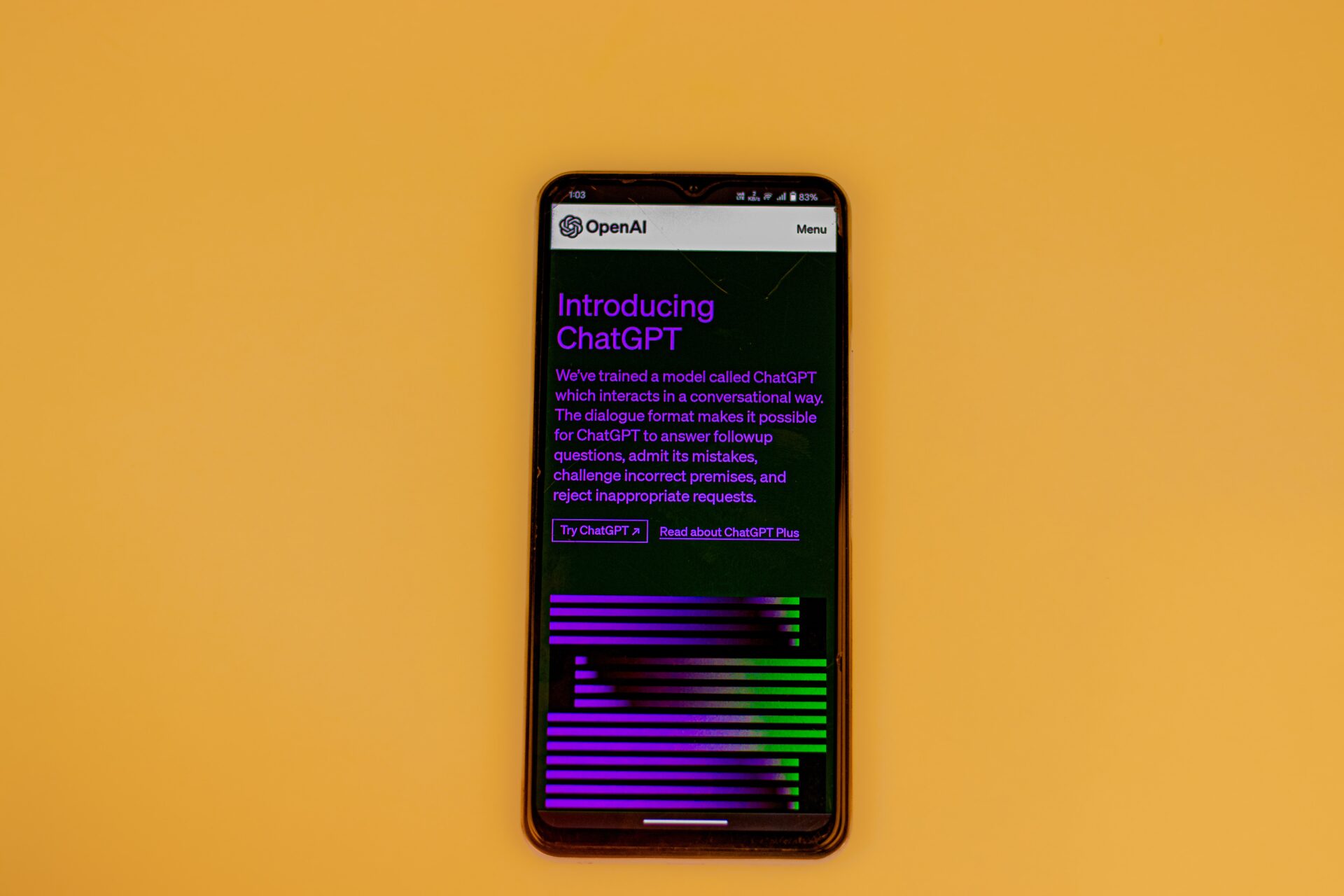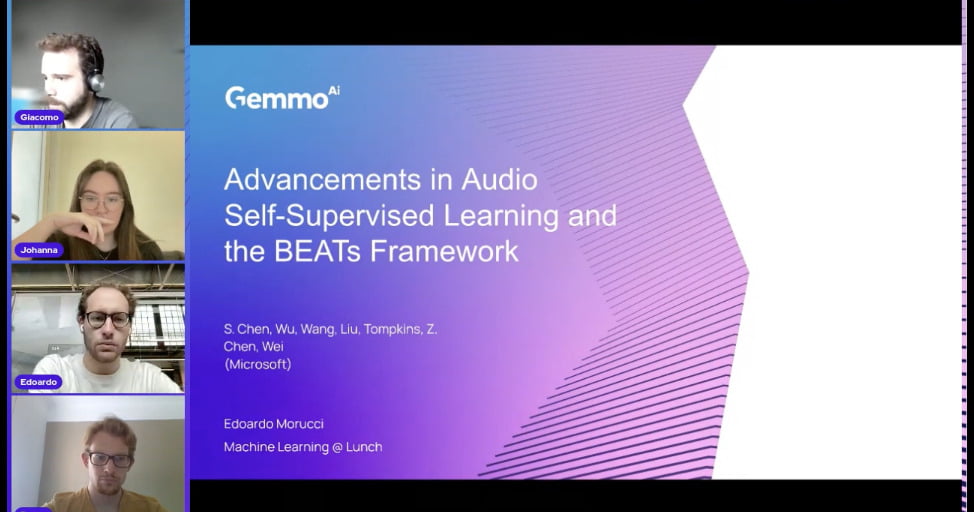Measuring noise: Avoid mistakes with AI
Measuring Noise is an essential aspect of various industries, from acoustics and manufacturing to environmental monitoring and healthcare. Accurate measurement of noise levels is crucial for maintaining safety standards,...

Measuring Noise is an essential aspect of various industries, from acoustics and manufacturing to environmental monitoring and healthcare. Accurate measurement of noise levels is crucial for maintaining safety standards, optimising productivity, and ensuring the well-being of individuals. However, traditional methods of noise measurement are prone to errors and limitations. In recent years, the emergence of AI has offered new possibilities for more precise and reliable noise measurement. In this blog post, we will explore the common mistakes encountered while measuring noise and how AI can help overcome these challenges, ultimately enhancing accuracy and efficiency.
Pitfalls of Traditional Approaches to Measuring Noise
While traditional noise measurement techniques have served as the foundation for assessing sound levels, they are not without their limitations. Let’s explore some common mistakes and challenges associated with traditional noise measurement:
Contaminated Samples
In traditional methods, the recorded audio samples can often be contaminated with irrelevant or background noise. This can lead to inaccuracies in identifying and analysing the actual noise sources of interest. The presence of unwanted sounds can distort the measurement results and hinder the ability to assess the true impact of specific noise sources.
False Positives
Traditional noise measurement techniques may sometimes generate false positive results, mistakenly identifying harmless sounds as noise sources. This can occur due to various factors such as signal interference, equipment malfunctions, or inadequate calibration. False positives can lead to unnecessary actions or incorrect conclusions, impacting decision-making processes.
Manual Decontamination
Standard noise sensors will send an alert when a noise event is over a particular threshold. With so many different sounds in our environment, this means huge amounts of irrelevant sounds might be accounted for. Audio analysts then manually sift through hours of noise recordings deciphering, relevant and irrelevant sounds and tagging them.
Wrong Correlation
Establishing a clear correlation between recorded noise levels and their corresponding sources can be challenging using traditional methods. Human interpretation of sound recordings may introduce subjectivity and potential errors, resulting in an incomplete or inaccurate correlation between noise events and their origins. This can limit the effectiveness of noise mitigation efforts and hinder the development of appropriate strategies.
AI Technology for Overcoming Challenges to Measuring Noise
Measuring noise with the aid of AI presents promising solutions to address the limitations of traditional methods. By leveraging machine learning algorithms and advanced data analysis techniques, AI-powered systems can help overcome the aforementioned challenges. Here’s how AI technology can make a difference:
Enhanced Data Filtering
AI algorithms can effectively filter out irrelevant or background noise from recorded samples, allowing for cleaner and more accurate data analysis. This helps ensure that the measurements focus on the specific noise sources of interest, eliminating contamination and enhancing result reliability.
Improved Accuracy
AI-powered systems can significantly reduce false positive results by leveraging advanced pattern recognition capabilities. Machine learning algorithms can learn from vast amounts of data and identify nuanced differences between noise and non-noise events, minimising the occurrence of false positives and increasing measurement accuracy.
Automated Correlation
By training AI models on extensive datasets, it becomes possible to automate the correlation process between noise events and their sources. AI algorithms can detect patterns, identify distinctive features, and establish reliable correlations, enabling more precise identification of noise sources and facilitating targeted mitigation strategies. Automating this process also means more efficient processes for measuring noise.
Final Thoughts
Artificial Intelligence is revolutionising approaches to measuring noise by mitigating common mistakes and enhancing accuracy. Through automated filtering, AI ensures data integrity by eliminating contaminated samples. By minimising false positives, AI-powered systems optimise resource allocation and reduce unnecessary disruptions. On top of all that, is AI’s ability to label sounds accurately, creating more relevant alarms. AI-powered analysis is a game changer for audio companies.



